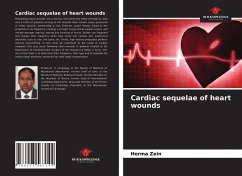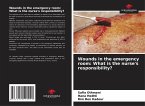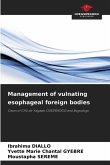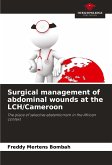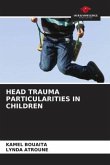Penetrating heart wounds are a serious and extremely lethal emergency, with only 11-25% of patients arriving at the hospital alive. Knives cause punctured or linear wounds, penetrating or not. Firearms cause lesions linked to the projectile on its trajectory, creating a straight tissue tunnel (called a neck), and remote damage: tearing, tearing and bursting of tissue. Bullets can fragment and change their trajectory when they come into contact with anatomical obstacles such as ribs, the spine, etc. Finally, high velocity projectiles perform internal polycombing. In this book we contribute to the study of cardiac sequelae that may occur following heart wounds in patients treated at the Department of Cardiovascular Surgery of the Hospital La Rabta in Tunis. The aim of this book is to determine their frequency, their type and to evaluate the medico-legal elements necessary for their legal compensation.
Bitte wählen Sie Ihr Anliegen aus.
Rechnungen
Retourenschein anfordern
Bestellstatus
Storno

